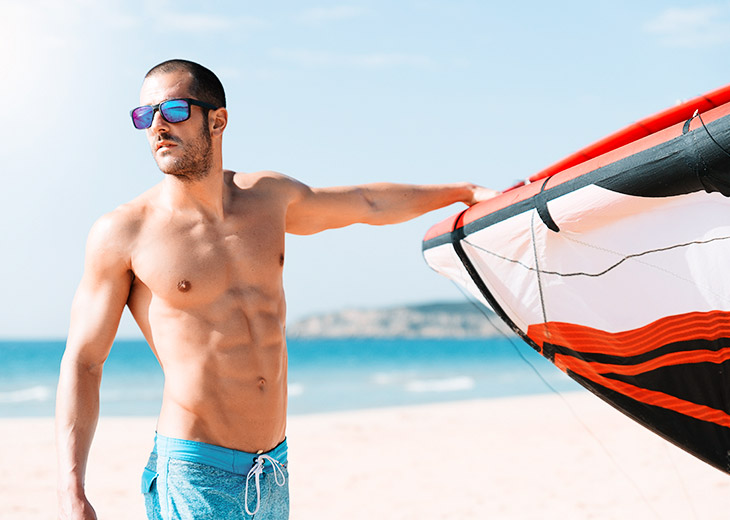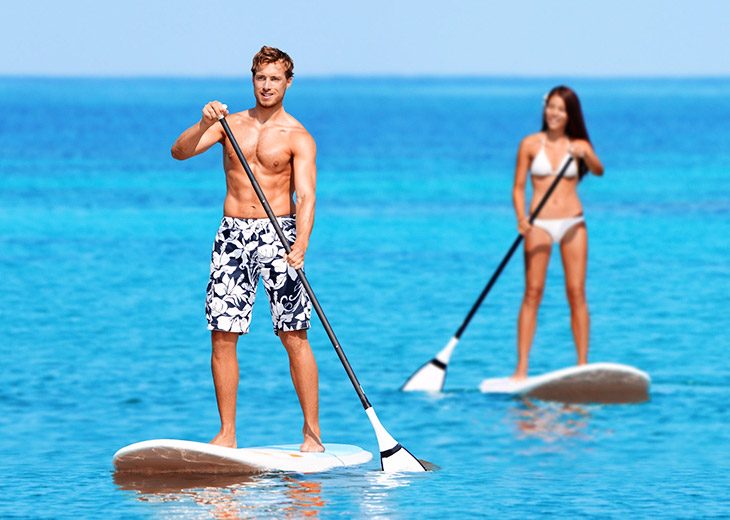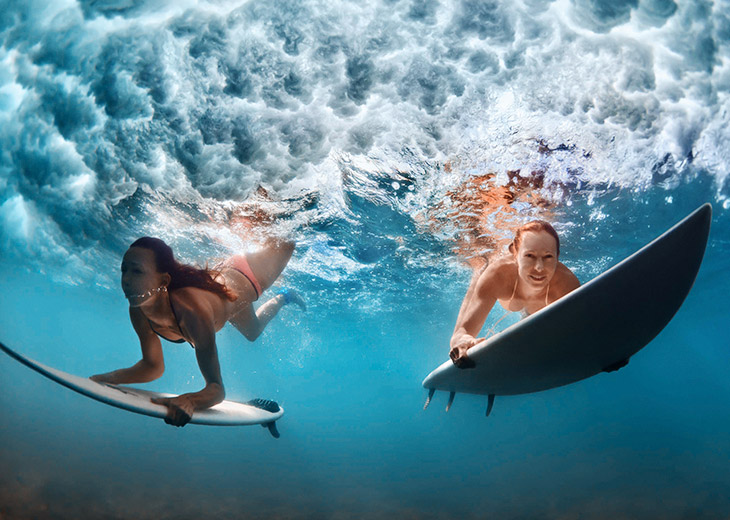Surfing is a surface water sport in which an individual, a surfer, uses a board to ride on the forward section, or face, of a moving wave of water, which usually carries the surfer towards the shore. Waves suitable for surfing are primarily found in the ocean.
The term surfing usually refers to the act of riding a wave using a board, regardless of the stance. There are several types of boards. The Moche of Peru would often surf on reed craft, while the native peoples of the Pacific surfed waves.
Another prominent form of surfing is body boarding, in which a surfer rides the wave on a bodyboard, either lying on their belly, drop knee one foot and one knee on the board, or sometimes even standing up on a body board.




Three major subdivisions within stand-up surfing are stand-up paddling, long boarding and short boarding with several major differences including the board design and length, the riding style and the kind of wave that is ridden.
surfer into the wave front helping the surfer match a large wave's speed, which is generally a higher speed than a self-propelled surfer can produce. Surfing-related sports such as paddle boarding and sea kayaking that are self-propelled by hand paddles do not require waves.
- Rosalina Pong
References to surf riding on planks and single canoe hulls are also verified for pre-contact Samoa, where surfing was called fa'ase'e or se'egalu see Augustin Krämer, The Samoa Islands and Tonga, far pre-dating the practice of surfing by Hawaiians and eastern Polynesians by over a thousand years.
Coming Together, Sharing Together, Working Together, Succeeding Together.